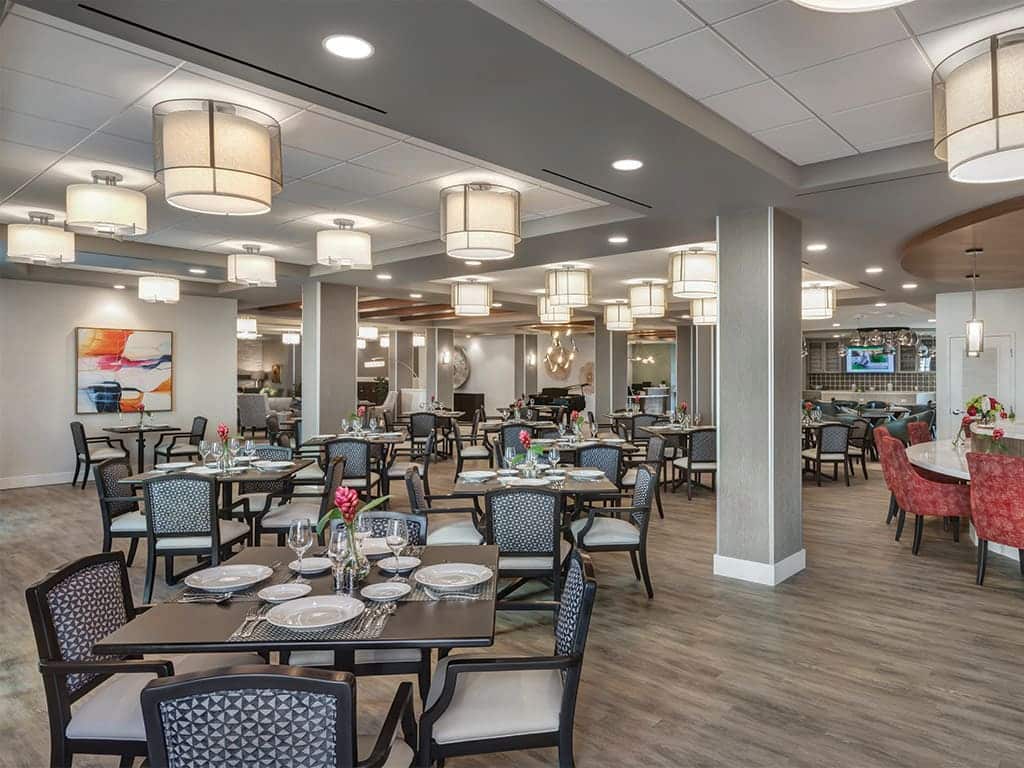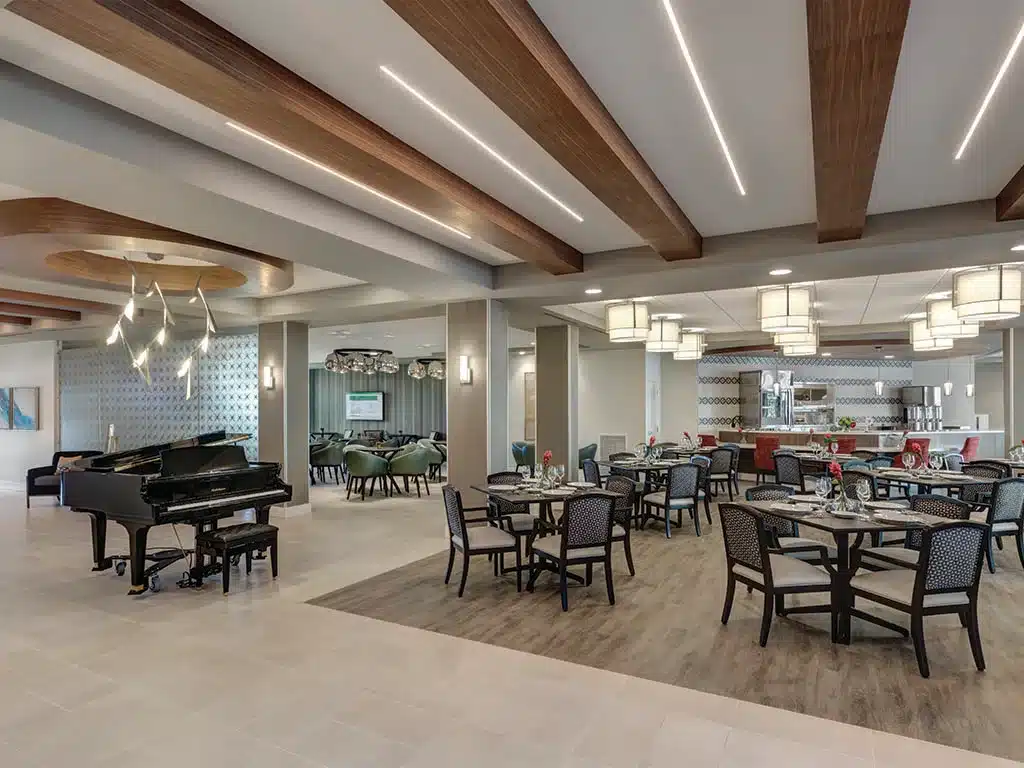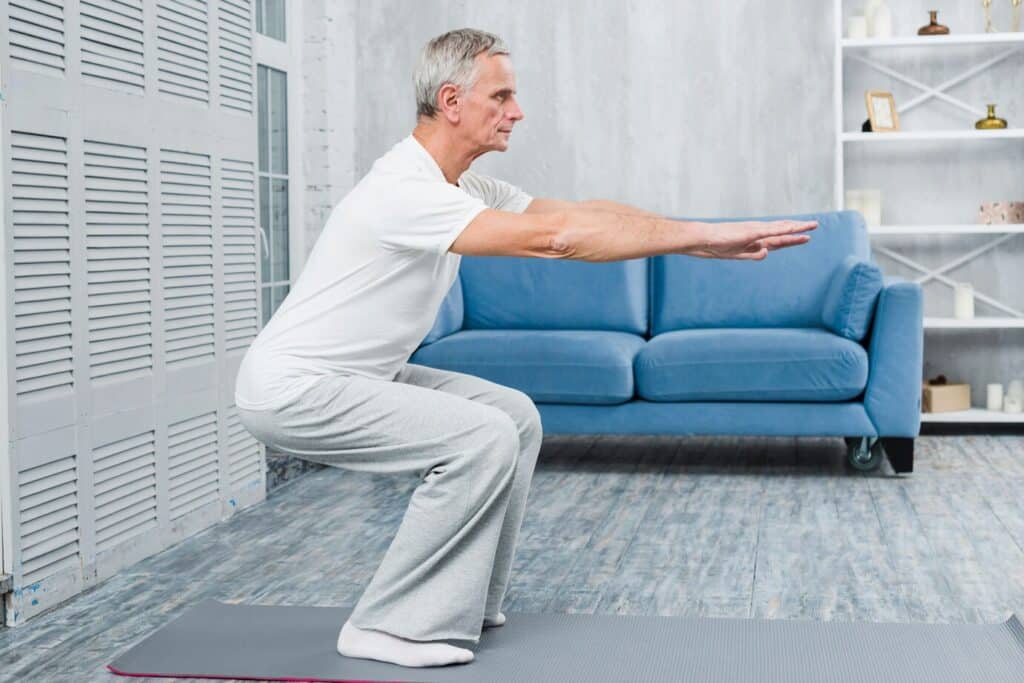Explore Assisted Living Amenities That Enhance Life
When considering a move to a senior community, understanding the assisted living amenities available is essential for making an informed decision. At Westmont of Cypress, amenities are designed to promote comfort, safety, and community, offering an environment where seniors thrive.
Knowing what’s included in an assisted living experience can ease the transition for those exploring various senior living options. Westmont of Cypress showcases how independent and assisted living can support a fulfilling lifestyle, from personal care and dining services to engaging activities and on-site perks.
Personal Care Services
What is assisted living for seniors if not a commitment to dignity and support? Trained caregivers assist with daily needs like grooming, bathing, and dressing while respecting personal independence. These amenities ensure that residents can navigate their day with ease.
Mobility assistance is provided for those who need help moving around or getting to meals and events. This support contributes to emotional well-being and physical health, making life more comfortable. A personalized care approach, backed by a collaborative care plan, ensures every individual receives attention tailored to their needs.
Safety and Security Features
Safety is a top priority in assisted living options, and communities like Westmont of Cypress emphasize around-the-clock protection. With 24/7 on-site staff, residents are always within reach of trained professionals ready to help.
24/7 On-Site Staffing
Residents benefit from 24/7 assistance, empowering them to stay active while knowing help is always available. This element of assisted living amenities provides both security and peace of mind. Staff undergo intensive training to meet diverse needs, reflecting the holistic approach in many retirement communities.
The availability of healthcare services ensures that emergencies are managed promptly and professionally.
Emergency Call Systems
Emergency call systems are essential to any well-designed senior living options. Whether through wearable devices or wall-mounted units, residents can summon help instantly, adding to their sense of autonomy. These systems offer reassurance and are a key part of safety planning in any independent and assisted living environment.
Staff also receive emergency response training, ensuring swift and effective reactions in all situations.
Modern Security Features
Advanced technology enhances physical security through controlled access, surveillance, and sensors. These innovations are standard in many types of retirement communities, safeguarding residents without compromising their independence.
| Security Feature | Description |
| Secure Entry | Controlled community access |
| Surveillance | 24/7 monitoring of common spaces |
| Motion Detectors | Detects unusual activity |
| Alarms | Alerts for fire and smoke safety |
Security systems such as these contribute to a well-rounded approach to resident well-being.

Dining Options and Nutrition
Dining is a highlight of standard assisted living amenities, blending nutrition with community. Meals are designed to please a variety of palates while supporting dietary needs.
Restaurant-Style Dining Experience
Meals are chef-prepared and served in a restaurant-style setting, encouraging interaction and enjoyment. Residents can personalize meals and choose from a wide range of dishes daily. These dining experiences reflect the high standards found in luxury assisted living options.
Nutritional Considerations
Healthy meals are built on expert nutritional guidance. Residents enjoy food that meets health goals without sacrificing flavor.
| Meal | Focus | Features |
| Breakfast | High fiber | Fresh fruit |
| Lunch | Heart-healthy | Colorful veggies |
| Dinner | Lean protein | Seasonal menus |
| Snacks | Nutritious | Low-sugar options |
Special Dietary Options
Dietary accommodations—such as low-sodium or gluten-free meals—are part of the commitment to well-being. Each resident’s health profile is respected and integrated into the meal service.
For more on nutrition in senior communities, explore NIA’s nutrition guidance.
Recreational Activities
Residents enjoy a full schedule of recreational activities designed to support physical, mental, and emotional health. There’s something for everyone, from yoga and chair aerobics to painting and gardening. These activities are a staple in the types of retirement communities that prioritize holistic care.
Exercise and Wellness
Daily classes promote mobility and strength. Walking groups and balance exercises help prevent falls and maintain vitality.
Creative Expression
Art and music therapy are more than hobbies—they foster mental stimulation and emotional expression. These creative outlets support seniors in leading fulfilling lives.
Social Engagement Opportunities
Social events are central to many senior living options. Regular programming includes game nights, cultural celebrations, and discussion groups, all fostering deep interpersonal bonds.
Group Activities
Group games, clubs, and performances provide laughter, learning, and friendship—invaluable benefits in senior care environments.
Purposeful Connections
Social engagement is a top priority across independent and assisted living communities, from intergenerational events to volunteer opportunities.
On-Site Amenities
From fitness centers to libraries, on-site features at Westmont of Cypress go beyond the basics. Amenities are designed to support every facet of senior life.
Fitness and Wellness Spaces
Gyms with senior-friendly equipment and classes for all ability levels are standard among top-tier assisted living options. These spaces promote energy and enthusiasm for daily life.
Creative and Intellectual Spaces
Whether it’s an art room, a reading nook, or a lecture hall, intellectual engagement is just as valued as physical activity.
Transportation Services
Staying active in the community is easy with transportation services provided. Trips to appointments, shopping, and cultural outings are coordinated regularly.
Community Excursions
Outings to parks, theaters, and museums help residents remain connected with their broader community. Such transportation offerings are key differentiators in premium assisted living amenities.
Explore more about senior transportation services from the National Council on Aging.
Discover a Community That Supports You
Choosing Westmont of Cypress means selecting a lifestyle rich in standard assisted living amenities, personalized care, and meaningful engagement. Here, every service—from dining to safety—is built to enhance your experience and well-being.
Whether you’re exploring assisted living options, learning about what is assisted living for seniors, or comparing types of retirement communities, Westmont of Cypress offers an environment where residents thrive.
Take the next step toward a supportive, independent lifestyle filled with friendship, fulfillment, and quality care. Call 714-252-7144 or visit this link to schedule a tour today.
How Do The Costs Of Moving Into A Quality Senior Care Community Compare With The Costs Of Staying At Home?Compare The Costs of Senior Living vs Staying at Home
Frequently Asked Questions
What services do most assisted living facilities provide?
Most assisted living facilities offer help with daily living activities such as bathing, dressing, medication management, and meal preparation. They also provide housekeeping, transportation, and recreational programs to support residents’ well-being. Many communities include wellness services and 24-hour staff to ensure safety and support.
What services is an assisted living setting most likely to provide?
An assisted living setting is most likely to provide personal care support, medication reminders, meals, and housekeeping. Additional services often include transportation to appointments and social engagement opportunities. The goal is to maintain a resident’s independence while offering assistance where needed.
What is another name for assisted living?
Another name for assisted living is “residential care” or “personal care home,” depending on the region. These terms generally refer to the same type of supportive housing for older adults who need help with daily tasks. While names may vary, the core services remain similar.
How is most assisted living care usually paid for?
Most assisted living care is paid for privately, either out-of-pocket or through long-term care insurance. Some residents use savings, pensions, or assistance from family members. In certain cases, Medicaid or veterans’ benefits may help cover costs, but this depends on state programs and eligibility.








